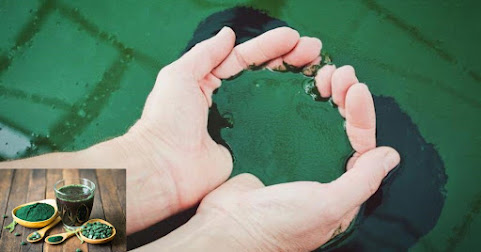Designing Large-Scale Spirulina Farms: Best Practices for Maximum Efficiency
The scope of designing a Large Scale spirulina Cultivation goes beyond just increasing production. It focuses on how production can be done better, safer, and in an environmentally friendly way according to international and local standards.
This subsection specifies the key characteristics which
should be taken into consideration during the design of the industrial-size
spirulina farm such as climatic conditions, resource availability and
accessibility of land and water, economical and legal requirements on
resources, environmental safeguards measures, availability of technological
advancement, and possibilities of expansion in product range.
Climate Requirements for Optimal Growth
Spirulina is a resilient algae, but for maximum efficiency
and yield, it thrives best in specific climatic conditions:
Temperature: Spirulina is best cultivated in warm
climates. Warm temperatures lead to faster growth and as such, it would be
ideal to select areas where the growth temperatures are warm all year round.
Low Rainfall Area: Due to their high variability,
heavy rains can cause salinity levels, oxygenation, and nutrient levels to
become disrupted so it’s important to cultivate spirulina in areas that have
stable water bodies. Low rain regions help control these conditions and help
prevent the adverse impact of seasonal rains.
High Sunlight: To assist in its photosynthesis
function, Spirulina requires abundant and unblocked sunlight and thus, it
should be grown in areas that have high sunlight throughout the year. Dust,
trees, and other building structures that would act to moderate sunlight should
not be in the vicinity.
Access to High-Quality Water Sources
One key factor that needs to be considered in the spirulina
growing process is water. These algae can only withstand brackish and
freshwater environments, however for their growth to be optimal, especially the
non-contaminated environments, they require good water sources consistently.
Selecting Reliable Water Sources: Water bodies that
can be relied on should be situated near the spirulina farms, such as rivers or
lakes. Furthermore, groundwater can be useful but must be tested periodically
to check the amount of any pollution or heavy metal presence.
Water Purification and Recirculation Systems: It is
important to add filtration away from freshwater sources and filtration systems
on the farm to avoid any waste. It also performs the function of helping to
manage the water source in such a way that the impact of water usage on the
environment is lessened while ensuring appropriate conditions for the growth of
the spirulina.
Land Characteristics for Large-Scale Farming
The geographical characteristics of the site are of utmost
importance not only for site selection but also for farm productivity and
efficiency. These factors need to be taken into consideration when a
prospective site for commercial production
of spirulina is being sought:
Flat Land with No Shade: Even coverage is a necessary land setting that is a flat and large area of land so as to provide the required growth environment and simplicity when harvesting. Shading should be kept at a minimum as it blocks sunlight and lowers the rate of photosynthesis.
Soil Composition and Support Structures: It is
important to note that although spirulina is grown in water, proper soil
properties are needed to help support the pond’s construction. Confirm that the
topography can bear the weight and arrangement of the necessary facilities
without the threat of erosion or instability.
Compliance with International and Local Standards
The most stringent requirements are not merely a premised
concern, but rather a factor of international business, and as such it all
begins at the level of design.
Curious about compliance with international standards,
environmental safeguards, and future trends in spirulina farming? Visit our
website to read the full blog and unlock all the insights.




Comments
Post a Comment